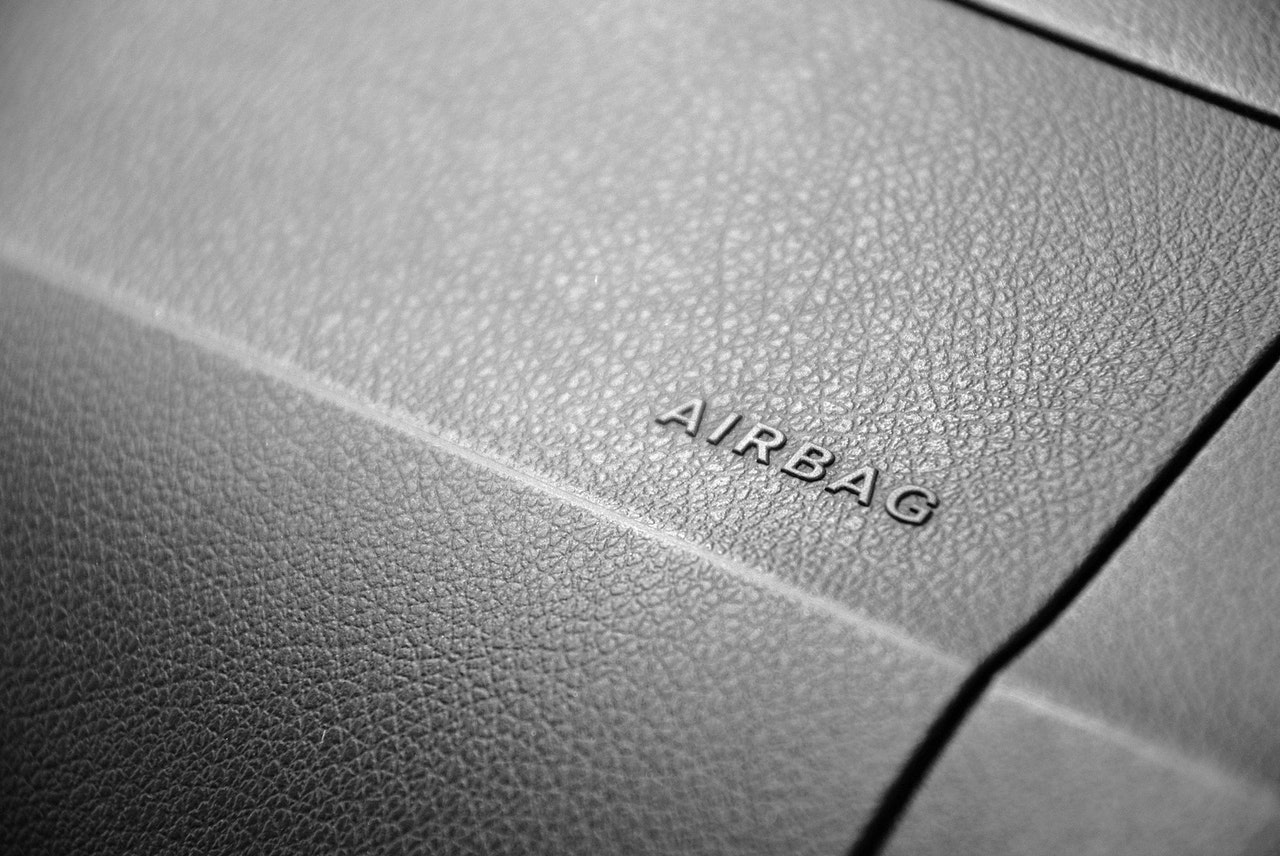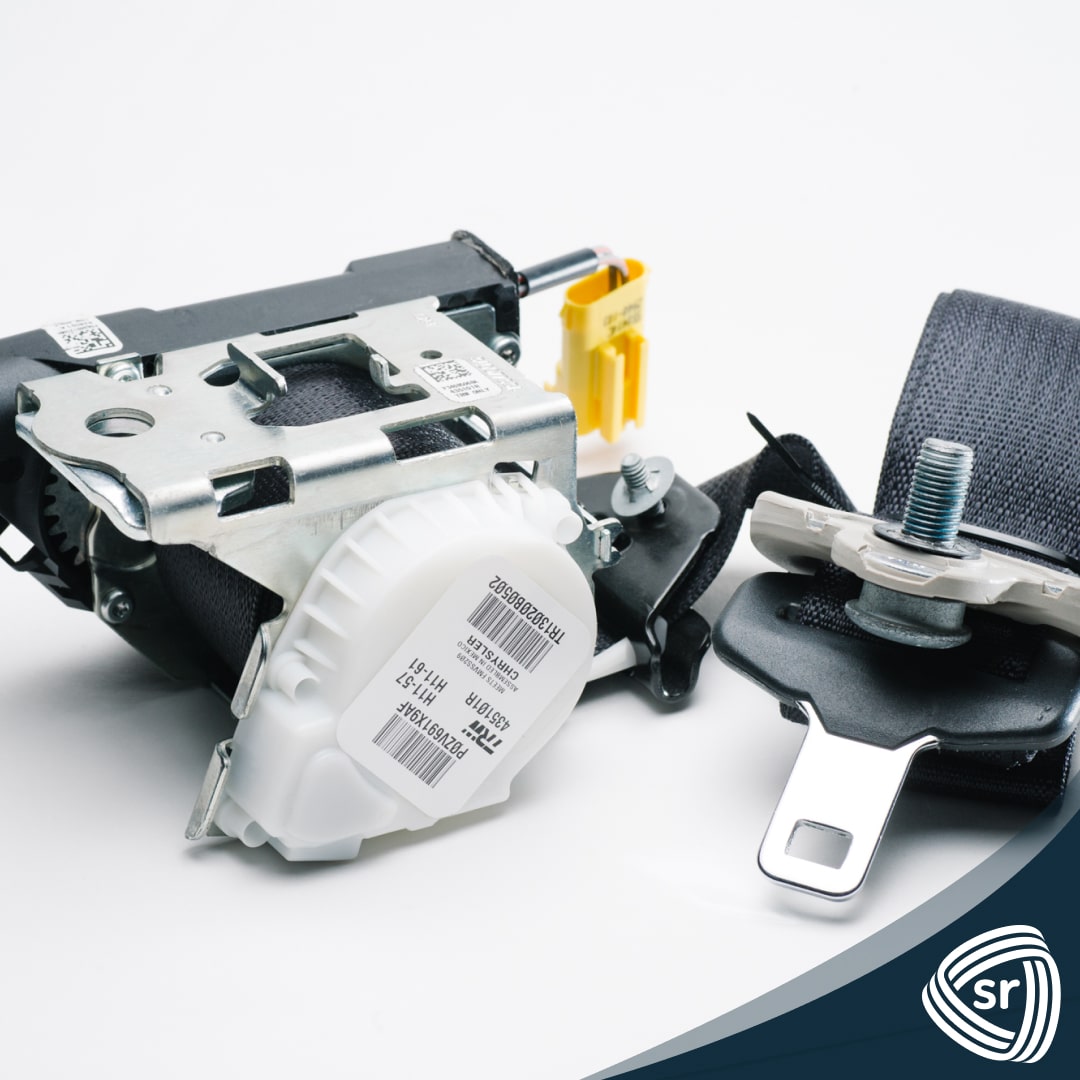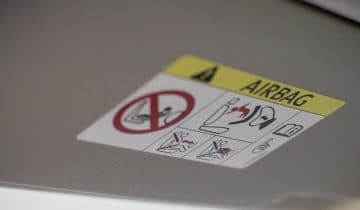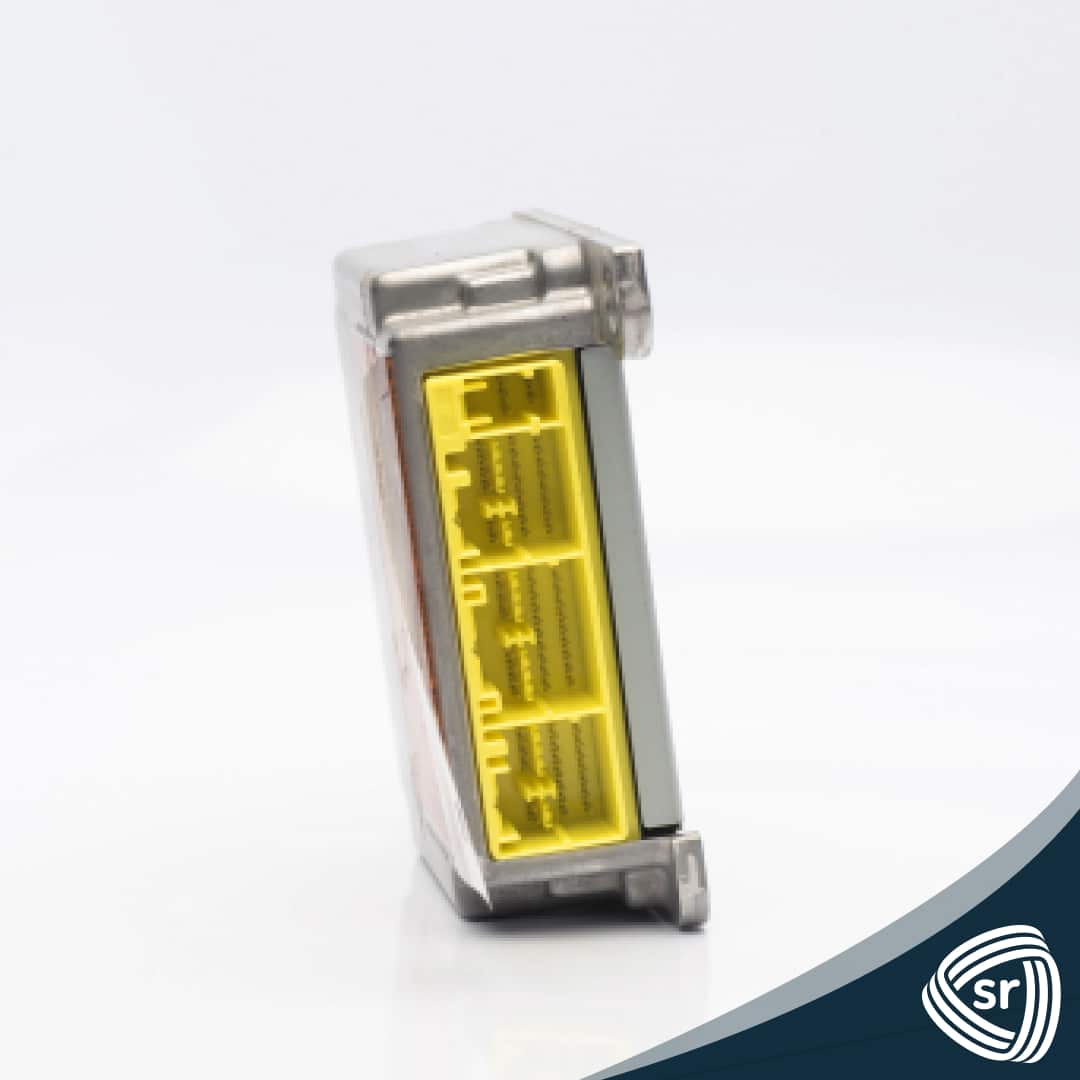Manuals state that airbags should be inspected every ten years, but is this ever done?
There’s a strange warning regarding aging airbags thirty pages into the owner’s manual of a beat-up car.
The system must be inspected 10 years from the manufacturing date as mentioned on the certification label to assure long-term functionality.
The handbook, in this case, belonged to a 15-year-old Nissan Altima. Hundreds of older-model cars’ owner’s manuals contain similar advisories urging service air bag inspections. A select few even propose replacing airbags every ten years.
Because most car owners don’t read their manuals very carefully, especially after a decade or more, these airbag warnings can be disregarded. They are, however, critical, and following the instructions could prevent these life-saving devices from malfunctioning in the event of an accident.
Inspection
More vehicles than ever may require such examinations. According to Polk, an automotive forecasting business, the average age of a car on the road in the United States is now 11.2 years, the oldest average age of the American fleet.
At the cost of at least $1,000 per frontal airbag, replacing one is nearly unheard of, especially since older automobiles have decreased in value.
An inspection may provide consumers with extra information about their airbag system if they are concerned.
According to Mike Calkins, some manufacturers talk about replacing them from the mid-90s or older, technical assistance manager for AAA’s automotive engineering department. Anyone with concerns should contact their dealer.
Manufacturers were unsure how their airbags would age when the warnings were first printed. Over time, components might deteriorate. Moisture can get into sealed components and impact the powder used to start the explosions that fill the airbags with gas. An airbag deployment takes 30 to 40 milliseconds from start to finish. However, the tainted powder may make this difficult or impossible.
Even during a check, mechanics may find it difficult to predict how an airbag would operate. It would be rendered useless if it was tested. Electrical wire corrosion is a more typical problem that occurs over time and that mechanics can both test for and remedy.
The majority of the issues arising are due to filthy connections, not the airbag itself, Caulkins explained. And if they do get corroded, your airbag light should come on, and you take it in, clean the connections, and everything is good.
History
In the 1970s, airbags were first installed in automobiles. Nobody knew how they were going to age. The Insurance Institute for Highway Safety put the technology to the test in 1992, crashing a rusted 1972 Chevrolet Impala into a barrier at 25 miles per hour.
The car had no functional clock, radio, or odometer and had traveled over 100,000 miles. It was one of the first 1,000 cars manufactured by General Motors with an airbag.
Airbags changed over time as manufacturers recognized that the high intensity of airbag inflation might harm or kill toddlers and small-statured people.
The National Highway Traffic Safety Administration (NHTSA) found that airbags killed over 290 individuals between 1990 and 2008, including 191 children. On the other hand, frontal airbags saved 25,782 lives between 1987 and 2008.
According to research issued by the IIHS, these more modern airbags may have mixed results. With modern technology, drivers who use a seatbelt are more likely to die.
Compared to drivers in incidents with prior generation airbags, IIHS researchers discovered a 2% increase in death among belted drivers. However, the new CAC airbags have led to a 26% reduction in deaths among drivers who do not wear seatbelts.
Conclusion
Owners of older-model cars should not replace undeployed airbags, according to the IIHS and AAA. Like the need for a seat belt repair, they argue that if airbags deploy in a crash, they should be replaced with new parts from the manufacturer rather than a used airbag.
Safety Restore specializes in service air bag modules and seat belts and is the world’s post-accident restorations leader. We can also replace webbing and repair instrument clusters. Contact us today if you need an airbag module reset!



